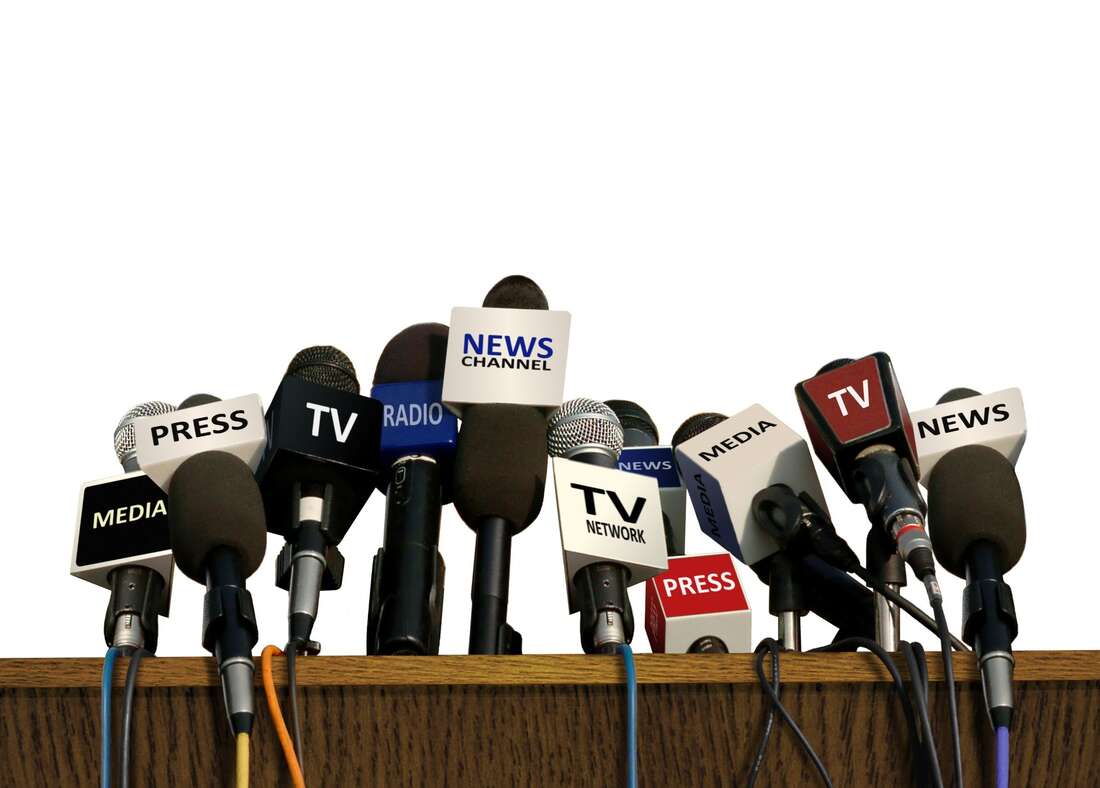
BY DINNAH ONDARI-Manager, Press Freedom, Safety and Advocacy at the Media Council of Kenya
The media’s capacity to set the agenda on any issue of public interest makes it a formidable partner in development. In regard to SDGs, the media is both a beneficiary and a driver of a progressive SDGs agenda; Only a strong, independent and freed media can objectively advocate for oversight.
On occasions, the media space gets threatened and this jeopardises its independence and capacity to canvass the SDGs agenda. The media is the only institution that can converge debate around all the 17 SDGs, but that can only be effective if its independence and freedom is guaranteed.
MCK has been keen on leveraging on strategic partnership with other institutions to mainstream SDGs in its core programs and those of journalism training institutions: key among these are development and rollout of curricular on the SDGs on health, safety and protection of journalists, access to information, climate change and gender equality.
There is a significant potential for institutions involved in the implementation and monitoring of SDGs to partner with the media at all levels through information sharing and capacity building to promote the SDGs agenda.
The COVID-19 pandemic has posed serious threats that could plough back major gains in the match towards attainment of SDGs in many sectors and it has not spared the media industry. The Council has taken the lead in ensuring media sustainability amidst these challenges through interventions such as travel grants for journalists and direct support to media houses as we chat the way forward on the possibility of setting up a media sustainability fund to ensure the stability of the industry in the future.
The Council, through its strategic plan has also dedicated significant resources to implementation of SDGs; such include various curricular and training on topical areas key among them safety of and protection of journalists (SDG16), reporting on Climate change (SDG 13) health reporting and Gender reporting (Goals 3&5)
The Cross-cutting nature of SDGs is such that impact on one of them has a ripple effect in several others. For instance COVID-19: while it is a health issue, the pandemic has led to increased inequalities and reduced economic opportunities. As a result, children have dropped out of school and one can go on and on. Consequently, framers of SDGs envisaged a partnership framework (SDG17) as the only way to ensure effective rollouts of the goals among players.
The media has an upper hand in converging the 17 issues in the SDGs agenda by providing a scorecard on the progress challenges and proposing solutions. However, there are gaps: On one hand, we do not see many published stories that are deliberately aimed at impacting progress of the SDGs agenda. Even by their own admission, a good number of journalists and practitioners can barely link the impact on their work to Kenya’s vision 2030 and the global debate.
The various players in the SDGs spectrum fail to appreciate the capacity of the media to set the age on SDGs, only choosing to selectively involve the media as a way of communicating decisions already made or implemented. As a result, the media gets accused of being disinterested in development stories, while in the real sense the problem is the unavailability of the right information to informed reporting and lack of participation by the media in all stages of the SDGs debate, including planning.
For journalists to be experts in their areas of reporting, they need continuous capacity building and training. Therefore, there is the need for continued capacity building and involvement of other stakeholders in implementing SDGs. Through strategic partnerships, journalist and media practitioners will gain the right skills to set the agenda and drive the debate on SDGs as the world navigates the decade of action (2020-2030.).
Ends/…